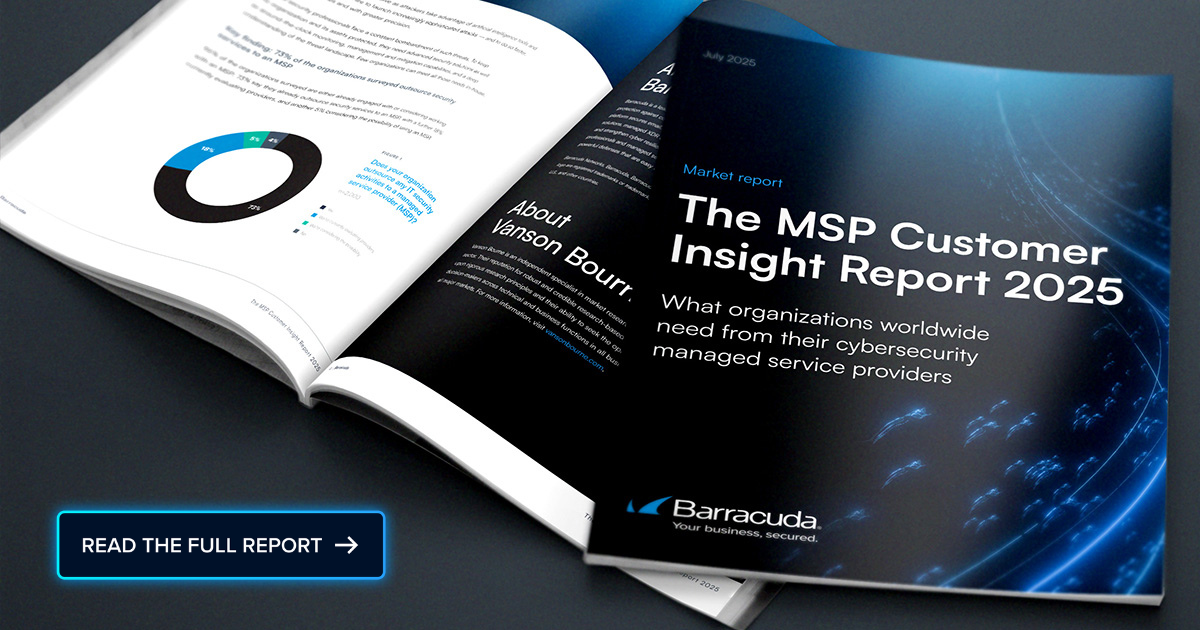 Contextual data has been a term circling the cybersecurity space for a while now. What exactly is contextual data, and how can managed service providers (MSPs) leverage it to make robust protection programs for clients?
Contextual data has been a term circling the cybersecurity space for a while now. What exactly is contextual data, and how can managed service providers (MSPs) leverage it to make robust protection programs for clients?
Contextualized data in cybersecurity refers to information that is analyzed and understood within a specific context to derive meaningful insights and make informed decisions regarding the security of a system or network.
Use context clues
Think back to elementary school when teachers would explain how to use “context clues” to determine what a word meant. For example, you might have been 10 years old and didn’t know what a croissant was. However, when used in a sentence about choosing a warm croissant from a bakery case, you could assume that it was some sort of treat.
In the context of cybersecurity, raw data alone doesn’t always provide a clear understanding of an organization’s overall security posture or potential threats they may be facing. Therefore, contextualization involves enriching and interpreting data by considering various factors. This includes the environment, user behavior, system configurations, and historical patterns.
Contextual data is valuable in all verticals, from healthcare to education to cybersecurity.
Manufacturing Tomorrow describes the value of contextual data this way:
By setting up reports incorporating contextualized data, manufacturers can receive alerts on their key monitoring metrics, discern root causes, and enable preventative action.
Khurram Mir, Founder and Chief Marketing Officer of a software testing company known as Kualitatem Inc., explains that MSPs can use contextual information as a potent weapon to improve their defenses against advanced threats. “For MSPs to get better insights into data moving across networks, they need to include contextual data analytics in their security frameworks that would empower them with tools and capabilities for identifying and mitigating risks more efficiently.”
However, the whole of contextual data involves a lot more than just figures. “It involves analyzing the information within its source, environment, and potential network impact. This will help MSPs notice unusual frequency or pattern such as an abnormal amount or occurrence that may not be captured through conventional securities. Ultimately, this will help them detect malicious activities,” states Mir.
Enhancing cybersecurity efficiency through contextual data analysis
Contextual data analysis can also result in faster response time, Mir says. “By having a holistic view of the network’s activities on hand at all times, MSPs can easily detect threats based on deviations from typical behavior patterns so that they can respond quickly and mitigate before any significant damage occurs.”
Moreover, Mir points out that custom-built policies and measures towards cybersecurity can be developed with the help of contextual data. “Understanding what specific risks and vulnerabilities exist in their network environments enables MSPs to implement targeted security protocols, thus reducing the chances of successful attacks.”
Mir adds that this helps firms allocate resources more efficiently by including contextual data in their efforts toward cybersecurity. “It allows them to prioritize their defensive strategies owing to the identification of the greatest risks; hence, investments made in security technologies are directed where they are needed most.”
Experts recommend making contextual data more “digestible” for people who aren’t cybersecurity experts.
Manufacturing Tomorrow suggests visualizing critical data into bar charts, dashboards, or other display features and statistical tools. This will allow for data sharing throughout the organization. These charts and easy-to-discern data points enable all stakeholders to understand what is happening on the production line.
What’s old is new again
What is driving the contextual train now if it has been around for a while?
Experts say that because AI and other instruments can now deliver so much data, the data points themselves may not have enough context. Putting them into a contextual format allows for a more holistic reading. As Dave Shiffer, CEO of RevBits, wrote in a Forbes article recently:
“The time and effort to make sense of thousands of low-priority and false-positive alerts with no context can be overwhelming and time-wasting.”
A contextualized data program can help MSPs save time for themselves and their clients. Let’s break out the concept of context clues once again!
Photo: Sorapop Udomsri / Shutterstock

